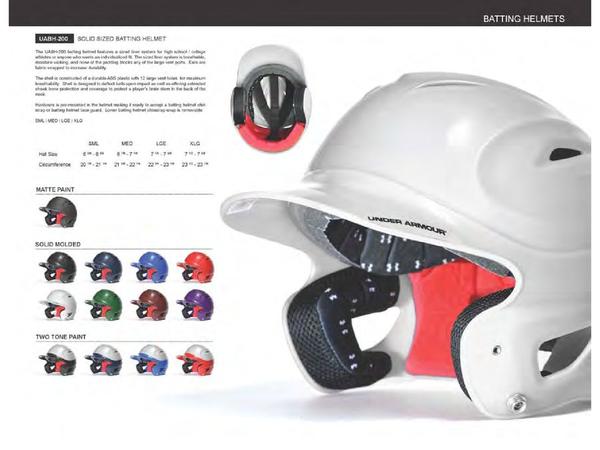.
Eye On the Ball:
The point of baseball that provides the most danger is the baseball.Those who are most susceptible to its fury are batters and..... pitchers. That is right, I said pitchers. Many would assume catchers or even runners on the base, but the frequency and danger to runners are fairly low, nothing more than some nasty bruises. Even catchers, who take the most hits, are so well protected that only occasional instances occur where any real damage is done. The batter is an obvious choice. They are up at the plate on average some 3 times a game and take an average of 5 pitches each time, each being anywhere from 70-100 mph. Multiply this times the number of games in a season and you have a whole lot of chances for something to go wrong. Hope they have quick reflexes. The pitcher is the one that may come as a surprise. People know they are in contact with the ball more than anyone on the field, but they are ones delivering it. The issue is when the ball is coming back at them.
 Protecting the Money Maker:
Protecting the Money Maker:The batter is obviously protected well with a keen eye to dodge at least enough to allow the ball to hit a less severe spot of the body. He also has a hard shell helmet with significant soft padding inside to soften any blow to the head. Add this with some pads around the body to commonly hit spots and, for the most part, serious injuries are avoided. The pitcher is a whole other story. He has no real padding or protection and any used may throw off his pitch. What happens when the ball is hit? The force that it returns to the field with off of a hard swung bat is much greater than anything the pitcher delivers. Sure the probability seems small for the pitcher to get hit considering all the space around him and the exact area the batter must hit the ball at to put it in that direction, but with as many balls as a pitcher throws these odds aren't so unlikely anymore.
From time of contact on the bat, to the time it takes the ball to reach the pitcher, compared to the pitchers time to not only see the ball, but move out of its path is less than 2 SECONDS. In other words, he better be lightning quick. Often now we are seeing pitcher's take brutal blows to the back, legs and other parts. They break bones and cause many other injuries. These are nothing compared to what can also happen. That ball making contact with the pitchers face or head is deadly any time. It only takes one, making it one of the most severe hits in ANY SPORT. This blow can cause concussions, fractures in the head/neck area and worse. The pitcher has only so long to realize it.
Keeping the Pitcher on his Mound:
What protects the head? Helmets. A pitcher cannot wear a helmet though without completely throwing off his game. The issue, how to protect without changing. What is on the head? Cap. This is what they have to work with and that is what they have changed. Currently companies are making baseball caps with a strong fiber lining that is flexible, yet strong. While a blow to the head would still be dangerous, this padding could provide some serious deterring of force to the head. Currently pitchers are beginning to experiment with the hats. Although they notice the change (mainly because it is tighter on the head) it does not seem to be too significant. Further studies are needed, but it looks like a minor yet crucial change that may be occurring.

Follow up post: Hockey: Fighting, it's Good for the Game
Boxing: How is this still around?!


No comments:
Post a Comment